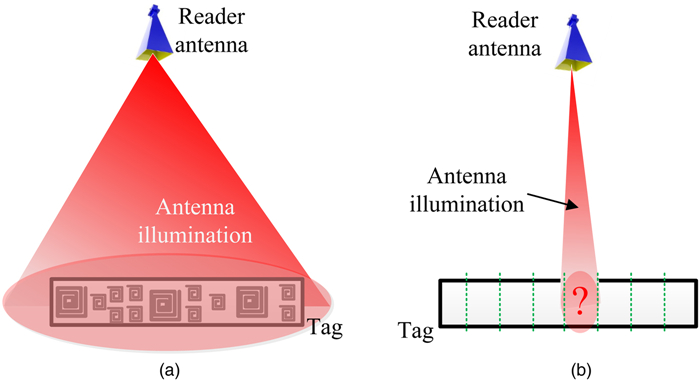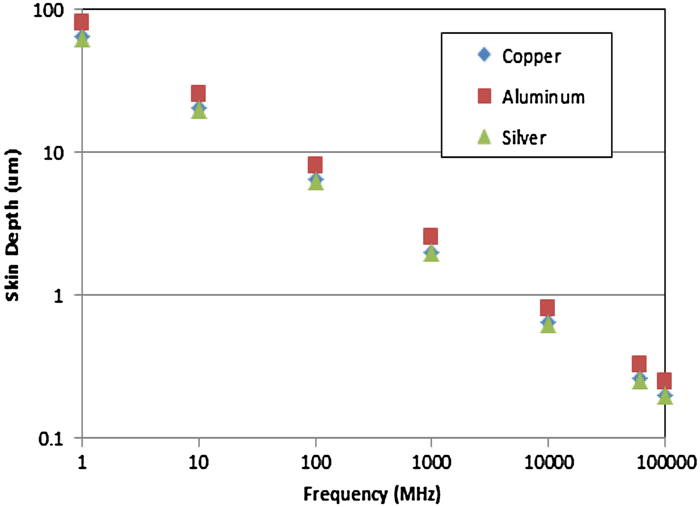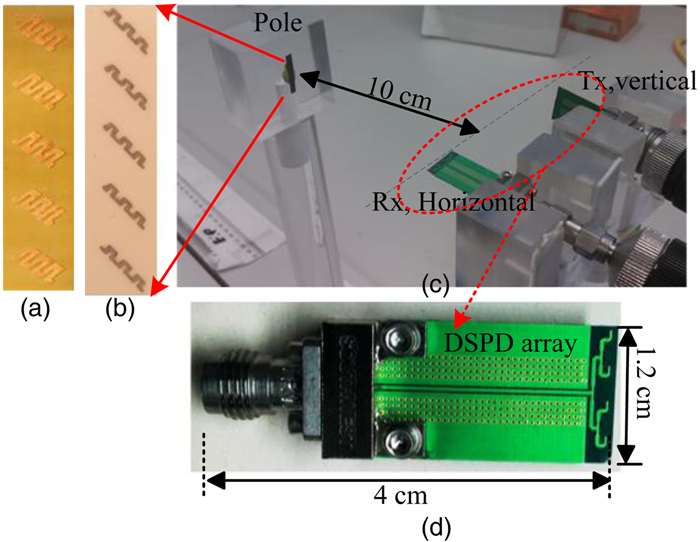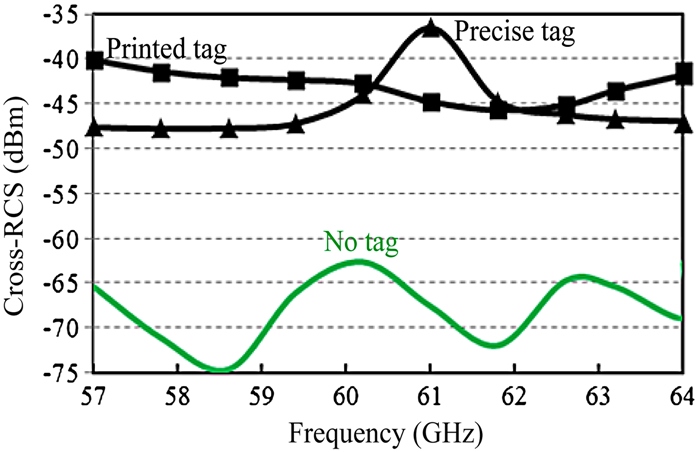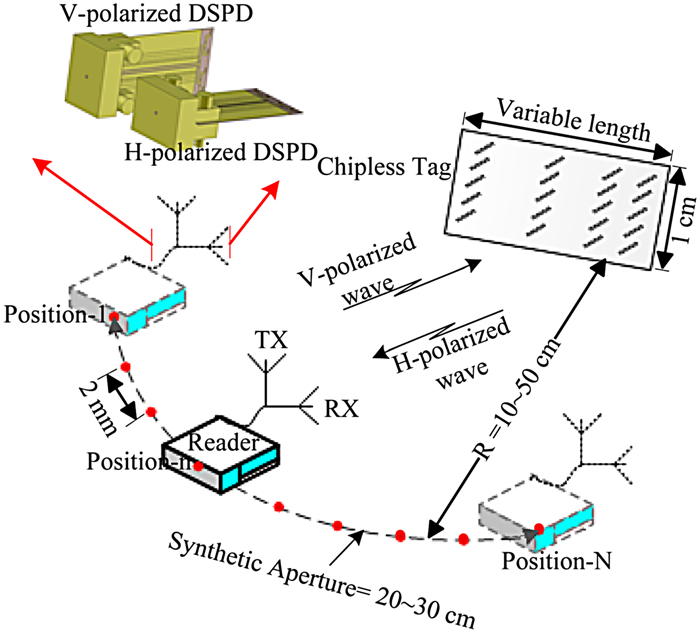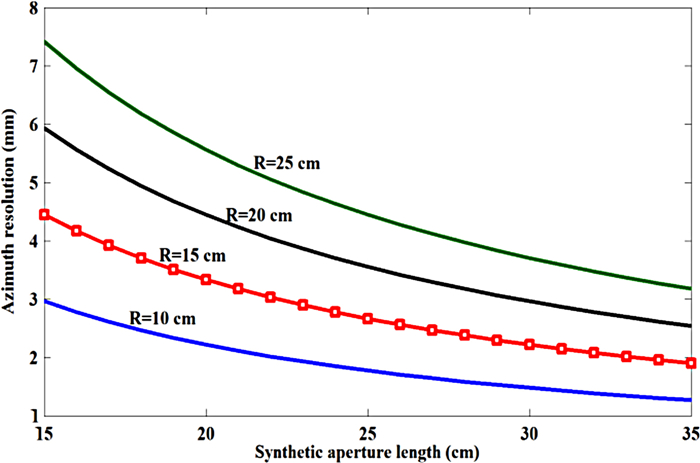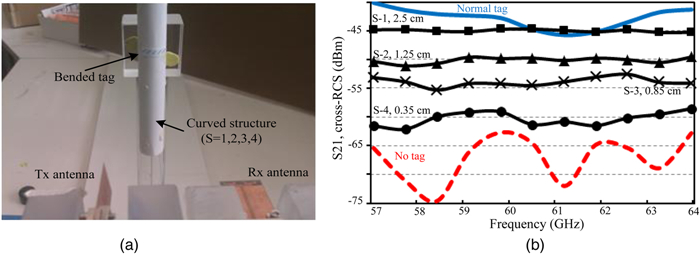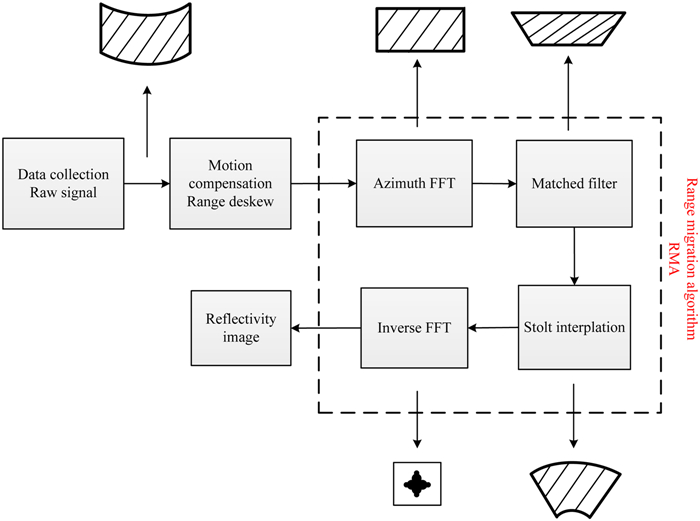On the application of the EM-imaging for chipless RFID tags
-
Monash University, Clayton Campus, Wellington Road, Clayton, Melbourne, VIC 3800, Australia. Phone: +61415524457
More Information
-
Author Bio:
 Dr. Mohammad Zomorrodi
Dr. Mohammad Zomorrodi received the BSc and MSc degree in electrical engineering (major in communication) from Iran in 1995 and 2000, respectively. He has worked for more than 10 years in telecommunication regulatory and ITU related issues. He graduated with PhD in Electrical engineering from Monash University, Melbourne, Australia in 2015. His research interest is antenna and microwave design, radar technology and RFID systems.
 Dr. Nemai Chandra Karmakar
Dr. Nemai Chandra Karmakar graduated with BSc (EEE) and MSc (EEE) from Bangladesh University of Engineering and Technology in 1987 and 1989, respectively, MSc in EE from the University of Saskatchewan, Canada in 1992, PhD in ITEE from the University of Queensland in 1999, PGDipTHE from Nanyang Technological University in 2001 and MHEd from Griffith University in 2007. He worked as a microwave design engineer at Mitec Ltd., Brisbane from 1992-1995 and contributed significantly to the development of Australian Optus Mobilesat smart antennas. He taught senior level courses in electronics, radar, microwave active and passive design and antennas at QUT, NTU, and Monash University. He has been working with many industry partners on various collaborative research projects on fully printable chipless RFID tags and sensors for ubiquitous tagging and sensing, wireless power transmission, microwave biomedical imaging and devices, smart antennas for mobile satellite communications and diagnostics of faulty power equipment. He has nine patent applications in chipless RFID and sensors, edited and authored eight books and about three hundred refereed journal, conference and workshop publications. A/P Karmakar is a graduate member of IEAust and a senior member of IEEE
-
Corresponding author:
M. Zomorrodi Email: mohammad.zomorrodi@monash.edu
-
Abstract
The electromagnetic (EM) imaging technique at mm-band 60 GHz is proposed for data encoding purpose in the chipless Radio Frequency Identification (RFID) systems. The fully printable chipless RFID tag comprises tiny conductive EM polarizers to create high cross-polar radar cross-section. Synthetic aperture radar approach is applied for formation of the tag's EM-image and revealing the tag's content. The achieved high data encoding capacity of 2 bits/cm2 in this technique based on a fully printable tag is very convincing for many applications. The system immunity to multipath interference, bending effect, and printing inaccuracy suggests huge potentials for low-cost item tagging. Tags are also readable through a tick paper envelop; hence secure identification is provided by the proposed technique.
-
About this article
Cite this article
Zomorrodi M, Karmakar NC. 2015. On the application of the EM-imaging for chipless RFID tags. Wireless Power Transfer 2(2): 86–96 doi: 10.1017/wpt.2015.12
|
Zomorrodi M, Karmakar NC. 2015. On the application of the EM-imaging for chipless RFID tags. Wireless Power Transfer 2(2): 86–96 doi: 10.1017/wpt.2015.12
|









 Dr. Mohammad Zomorrodi received the BSc and MSc degree in electrical engineering (major in communication) from Iran in 1995 and 2000, respectively. He has worked for more than 10 years in telecommunication regulatory and ITU related issues. He graduated with PhD in Electrical engineering from Monash University, Melbourne, Australia in 2015. His research interest is antenna and microwave design, radar technology and RFID systems.
Dr. Mohammad Zomorrodi received the BSc and MSc degree in electrical engineering (major in communication) from Iran in 1995 and 2000, respectively. He has worked for more than 10 years in telecommunication regulatory and ITU related issues. He graduated with PhD in Electrical engineering from Monash University, Melbourne, Australia in 2015. His research interest is antenna and microwave design, radar technology and RFID systems.  Dr. Nemai Chandra Karmakar graduated with BSc (EEE) and MSc (EEE) from Bangladesh University of Engineering and Technology in 1987 and 1989, respectively, MSc in EE from the University of Saskatchewan, Canada in 1992, PhD in ITEE from the University of Queensland in 1999, PGDipTHE from Nanyang Technological University in 2001 and MHEd from Griffith University in 2007. He worked as a microwave design engineer at Mitec Ltd., Brisbane from 1992-1995 and contributed significantly to the development of Australian Optus Mobilesat smart antennas. He taught senior level courses in electronics, radar, microwave active and passive design and antennas at QUT, NTU, and Monash University. He has been working with many industry partners on various collaborative research projects on fully printable chipless RFID tags and sensors for ubiquitous tagging and sensing, wireless power transmission, microwave biomedical imaging and devices, smart antennas for mobile satellite communications and diagnostics of faulty power equipment. He has nine patent applications in chipless RFID and sensors, edited and authored eight books and about three hundred refereed journal, conference and workshop publications. A/P Karmakar is a graduate member of IEAust and a senior member of IEEE
Dr. Nemai Chandra Karmakar graduated with BSc (EEE) and MSc (EEE) from Bangladesh University of Engineering and Technology in 1987 and 1989, respectively, MSc in EE from the University of Saskatchewan, Canada in 1992, PhD in ITEE from the University of Queensland in 1999, PGDipTHE from Nanyang Technological University in 2001 and MHEd from Griffith University in 2007. He worked as a microwave design engineer at Mitec Ltd., Brisbane from 1992-1995 and contributed significantly to the development of Australian Optus Mobilesat smart antennas. He taught senior level courses in electronics, radar, microwave active and passive design and antennas at QUT, NTU, and Monash University. He has been working with many industry partners on various collaborative research projects on fully printable chipless RFID tags and sensors for ubiquitous tagging and sensing, wireless power transmission, microwave biomedical imaging and devices, smart antennas for mobile satellite communications and diagnostics of faulty power equipment. He has nine patent applications in chipless RFID and sensors, edited and authored eight books and about three hundred refereed journal, conference and workshop publications. A/P Karmakar is a graduate member of IEAust and a senior member of IEEE 



